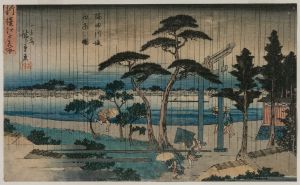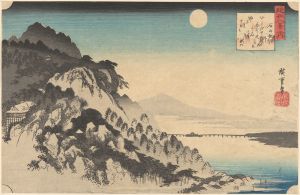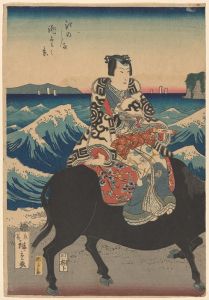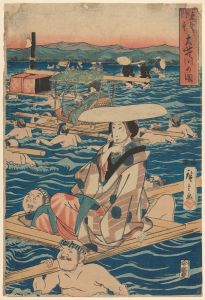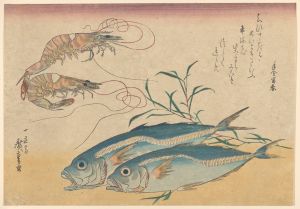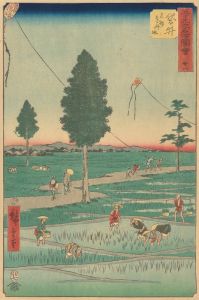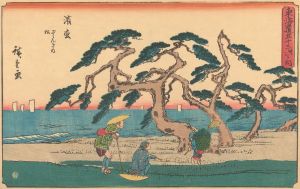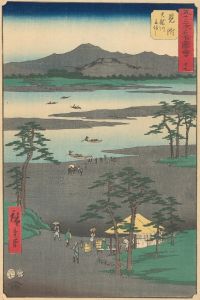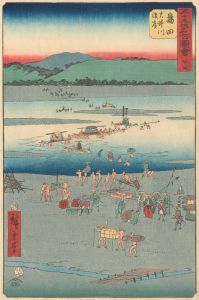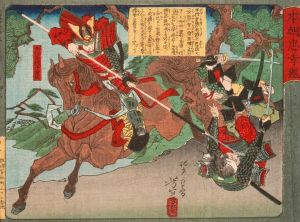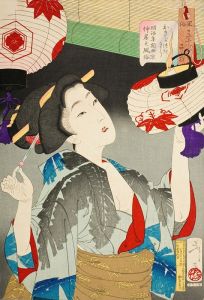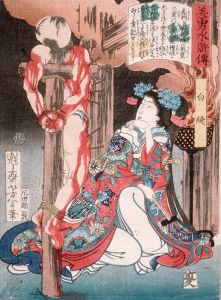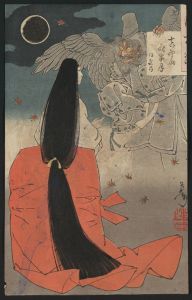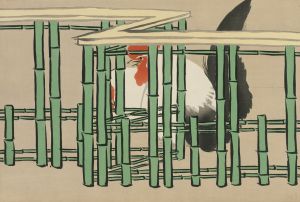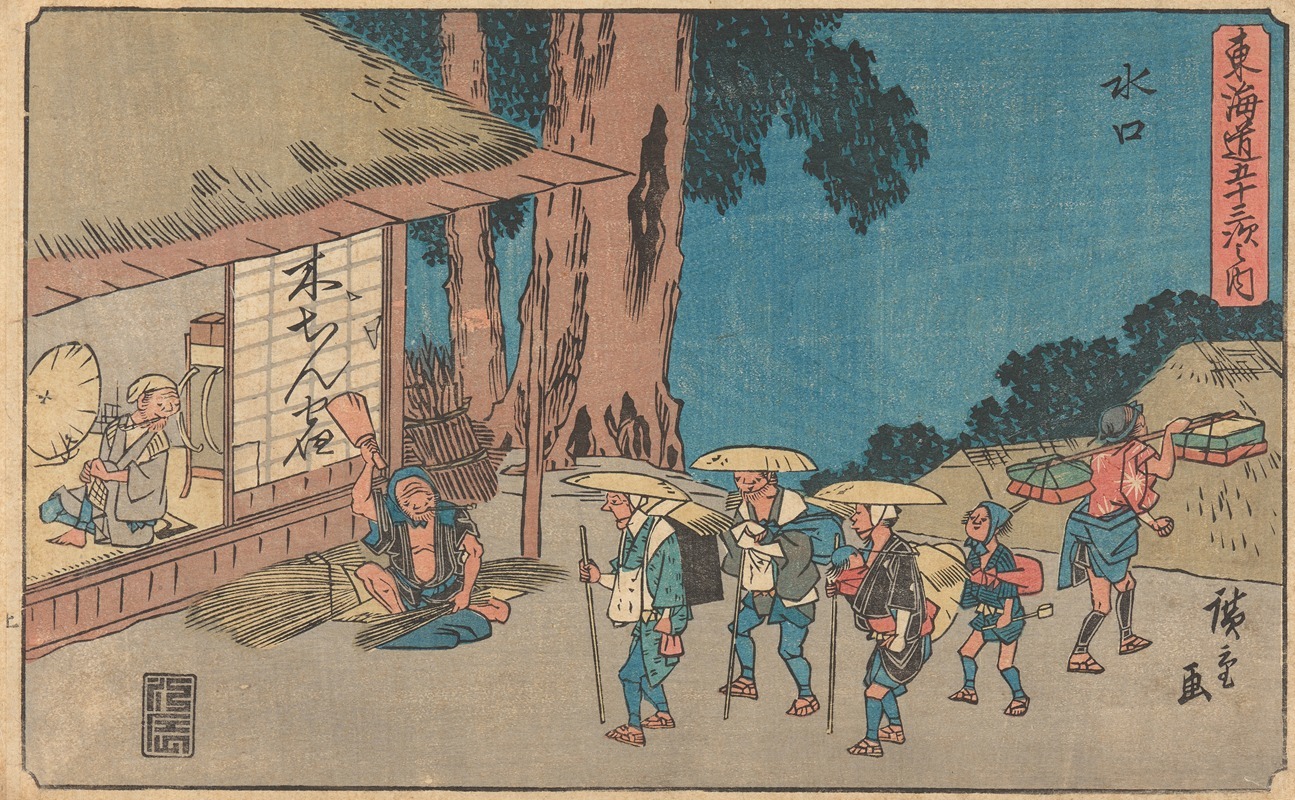
Minakuchi
A hand-painted replica of Andō Hiroshige’s masterpiece Minakuchi, meticulously crafted by professional artists to capture the true essence of the original. Each piece is created with museum-quality canvas and rare mineral pigments, carefully painted by experienced artists with delicate brushstrokes and rich, layered colors to perfectly recreate the texture of the original artwork. Unlike machine-printed reproductions, this hand-painted version brings the painting to life, infused with the artist’s emotions and skill in every stroke. Whether for personal collection or home decoration, it instantly elevates the artistic atmosphere of any space.
Andō Hiroshige, a renowned Japanese ukiyo-e artist of the Edo period, is celebrated for his landscape prints and series that capture the essence of Japan's natural beauty and cultural landmarks. One of his notable works is the "The Fifty-three Stations of the Tōkaidō" series, which depicts the various post stations along the Tōkaidō road, a vital route connecting Edo (modern-day Tokyo) to Kyoto. "Minakuchi" is one of the prints from this series, illustrating the Minakuchi station.
The "Minakuchi" print, like others in the series, is a woodblock print that reflects Hiroshige's keen observation of daily life and the environment. The Tōkaidō road was an essential artery for travel and commerce during the Edo period, and Hiroshige's series provides a visual journey through the diverse landscapes and activities encountered along the way. Each station in the series is depicted with unique characteristics, offering insights into the local culture, geography, and economy.
In the "Minakuchi" print, Hiroshige captures a scene that is both tranquil and industrious. The composition typically features travelers and local inhabitants engaged in everyday activities, set against a backdrop that highlights the natural beauty of the area. Minakuchi was known for its production of dried gourd shavings, a local specialty, and this aspect is often depicted in the print, showcasing the region's economic activity.
Hiroshige's use of color, perspective, and detail in the "Minakuchi" print exemplifies his mastery of the ukiyo-e style. The print likely features a harmonious blend of natural elements, such as mountains or rivers, with human activity, creating a balanced and dynamic composition. Hiroshige's ability to convey the atmosphere and mood of a place through his artwork is a hallmark of his style, making his prints not only visually appealing but also culturally informative.
The "Minakuchi" print, along with the rest of "The Fifty-three Stations of the Tōkaidō" series, played a significant role in popularizing the Tōkaidō route and the concept of travel during the Edo period. These prints were widely distributed and appreciated, both as art and as a means of virtual travel for those who could not journey along the road themselves. Hiroshige's work provided a window into the diverse landscapes and communities of Japan, contributing to a greater appreciation and understanding of the country's geography and culture.
Hiroshige's influence extended beyond Japan, impacting Western artists and contributing to the Japonisme movement in Europe during the late 19th century. His innovative compositions and use of color inspired artists such as Vincent van Gogh and Claude Monet, who admired the simplicity and elegance of Japanese prints.
Overall, the "Minakuchi" print is a testament to Hiroshige's skill in capturing the essence of a place and moment in time. Through his work, Hiroshige not only documented the physical journey along the Tōkaidō road but also offered a glimpse into the cultural and economic life of Edo-period Japan.





